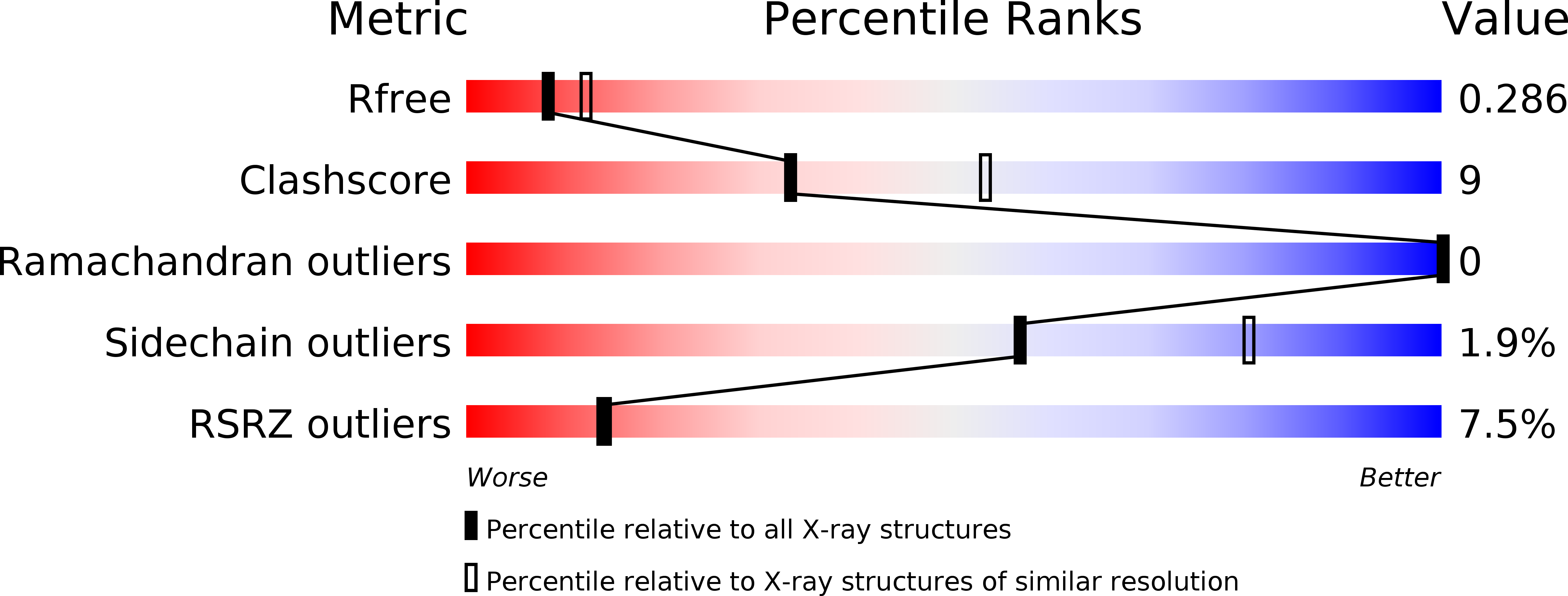
Deposition Date
2009-07-09
Release Date
2009-07-21
Last Version Date
2024-11-06
Entry Detail
PDB ID:
2WNG
Keywords:
Title:
complete extracellular structure of human signal regulatory protein (SIRP) alpha
Biological Source:
Source Organism:
HOMO SAPIENS (Taxon ID: 9606)
Host Organism:
Method Details:
Experimental Method:
Resolution:
2.49 Å
R-Value Free:
0.27
R-Value Work:
0.21
R-Value Observed:
0.22
Space Group:
P 21 21 21


